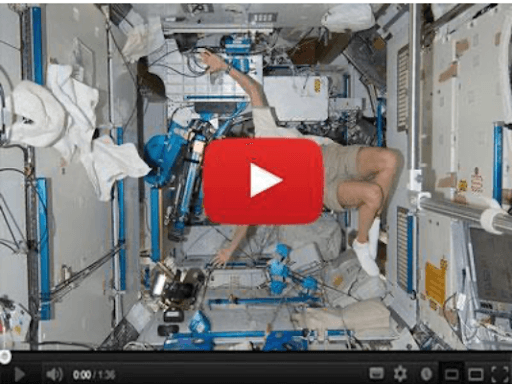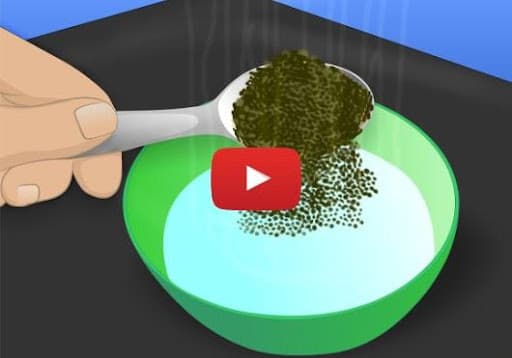Why Psilocybin (Magic Mushrooms) Causes Visual Hallucinations | Dr. Andrew Huberman
Serotonin 2A receptors are predominantly found in several brain regions but are highly concentrated within the neocortex—the brain's outer layer. A critical segment, the prefrontal cortex, is crucial for context appraisal.
The prefrontal cortex plays a pivotal role in behavior regulation—it manages behaviors and thoughts suitable for different scenarios. This area controls the transition of thoughts or actions from one context, like professional settings, to another, such as casual interactions, facilitating smooth social functioning.
Apart from the prefrontal area, serotonin 2A receptors are abundantly present in other brain regions handling sensation and perception, such as the visual cortex. This abundance is why compounds like psilocybin can cause powerful visual hallucinations.
Psilocybin is notoriously known for inducing visual hallucinations due to its high-affinity binding to serotonin 2A receptors, especially in the visual cortex. Users report hallucinations irrespective of open or closed eyes, with dosages often inducing profound visual experiences that reflect external alterations like geometric shapes or facial morphing.
“Psilocybin binds strongly to serotonin 2A receptors, creating vivid inner experiences that promote deeper cognitive changes,”
explains the impact of psilocybin on these receptors across numerous studies and anecdotal evidence.
The introspection enabled by controlled visual input during psilocybin journeys aids in adaptive improvements in mood and cognitive flexibility. Engaging with one's subconscious fabric under the structured administration transforms the psychedelic experience into a beneficial intellectual and emotional tool.
Expert interviews and dedicated research from Huberman Lab—they on-going investigate this cyclical link between psychedelics and neurological adaptations. Their findings align with practices aimed at maximizing psilocybin's therapeutic benefit, advocating for designs conducive to improving cognitive and emotional health.
These sentiments widely echo ancient and contemporary use delicately balancing between eye-opening experiences and profound cognitive revelations, promoting relaxation by enabling 'inner work.'
From Around The Web
Wellness Inbox is a blog & weekly newsletter that curates trending news and products related to health and wellness from around the web. We also gather content from various sources, including leading health professionals, and deliver it directly to you.
Please note that we may receive compensation if you purchase any products featured in our newsletter. Wellness Inbox is not affiliated with, nor does it endorse, any health professionals whose content may appear in our newsletter. The information provided is for general informational purposes only and should not be considered medical advice.
The information provided is not intended to replace professional medical advice, diagnosis, or treatment. All content, including text, graphics, images, and information available is for general informational purposes only. We do not guarantee the accuracy or completeness of any information presented and assume no liability for any errors or omissions. The content is subject to change without notice. We encourage you to verify any information with other reliable sources and consult your physician regarding any medical conditions or treatments.







